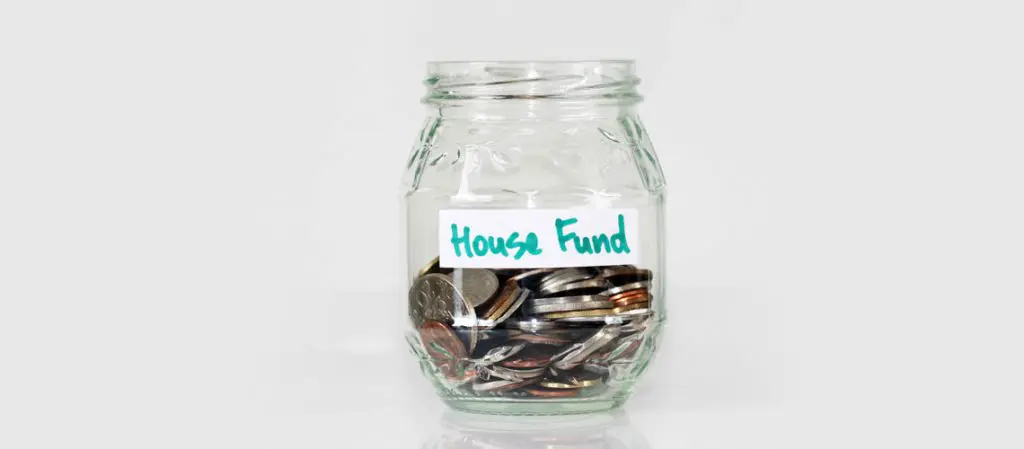When you’re on the road to using property investment to create wealth, one of the most important elements you need is good financial knowledge. To get started with this, the first thing you need to do is work out your financial position.
All the successful people I know have a solid understanding of their financial position. But remember, it’s not about being perfect or starting from a position where you have a lot of cash. Building your wealth and securing your future is about being realistic and formulating a plan which will propel you forward.
By working out your financial position, you can understand where you are starting from and come up with a plan of attack so you can move forward in your investing career. In my book, I call this ‘What is Your Shoe Size?’, because you can’t buy shoes unless you know your own size!
As financial guru Robert Kiyosaki says, “It’s not how much money you make, but how much money you keep, how hard it works for you and how many generations you keep it for.”
Here are five easy steps to work out your financial position. Grab a pen and paper or open a new spreadsheet on your computer. You may find you need to log in and out of a few different bank accounts to get the numbers right and tally your net worth.
Work out your financial position:
Step One
Write down the details of any properties you own. Include addresses, the purchase price, the date you made the purchase, remaining mortgage and valuation fees.
Total the amounts and write the final number at the bottom. If you don’t have any property yet, don’t panic! Just leave this table blank for now.
Step Two
Next, start a new page and write down any savings or high-interest accounts you have money in. Hopefully, you have been diligently building your savings with some long-term goals in mind. It is ideal to have six months’ worth of your salary saved but even if you only have a few thousand dollars, this is a good start!
Step Three
Put down the information relating to your shares, superannuation or managed funds. It may be a while since you have checked up on these so this is always a good exercise.
Step Four
Now it’s time to write down the value of any vehicles and personal items of value you may own. Add in the details of any loans you have against these, as this will impact the overall value of your assets.
Step Five
Your final step is to take note of your HECS debt, credit card debts and store card debts. Unfortunately, these are seen as ‘bad debts’ because the money you owe isn’t working for you to bring in income and the things you still owe money for can’t really be seen as assets (even if it’s shoes!) Once you have taken the steps above, look at the totals on each page. Add up the positive and negative amounts of your assets and liabilities, and you will be able to work out your financial position.
The above exercise shouldn’t take long and it will give you an idea of how your assets and liabilities add up to establish your net worth. If you have a property or two, you may be surprised at how much equity you have sitting under your name.
A quick final note: if you get to the exercise and your net worth is a depressing $0 or even less, you may not be ready to start investing. However, you can use this result as motivation to set some initial savings goals, create a budget and start working towards a better future. The timing may not be ideal for you to buy property right now but everyone has to start somewhere and there’s no time like the present to make a change.
There are also some other, creative ways to enter the market, which you can find out about in my latest release, Property In Stilettos. Order your copy to find out more about how to build wealth and have it all.
Or to visit Alleura, our Project Management company visit Alleura.com.






